Tempo-spatial covariance structure of lentil yield and water use efficiency from supplemental irrigation trials

Authors:
n agricultural research conducted in dry areas, crop-yield water use efficiency (WUE) is a measure used to evaluate the impacts of various agronomic factors on crop productivity. Agronomic management factors include supplemental irrigation (SI) and crop-rotation systems, which are used to increase the sustainability of crop production systems. A study of lentil (Lens culinaris Medikus) was conducted in split-plot experiments in randomized complete blocks, where planning date (PD) were assigned to main-plots and SI to sub-plots. Lentil was grown in rotation with durum wheat (i.e., lentil was grown 1 year and durum wheat the next, on the same plot of land) over a period of 4 years (1996/1997–1999/2000) at the research station of the International Center for Agricultural Research in the Dry Areas (ICARDA), at Tel Hadya, Syria. Spatial variability in the field trials and correlations between the plot errors arising over time were studied to examine their effects on the significance and precision of the estimates of the effects of PD and SI on yields (of both seed and total biomass) and WUE. The analyses revealed the presence of significant linear soil-fertility trends within the fields and strongly auto-correlated plot errors. When these trends were accounted for in the analysis of yield and WUE data, the estimates of the treatment effects had greater levels of significance and precision than when the trends were ignored. It is recommended that in agronomic field trials, such as lentil variety evaluation trials, one should identify the most appropriate spatial and temporal covariance structures and use these to draw statistical inferences about the effects of agronomic input factors
